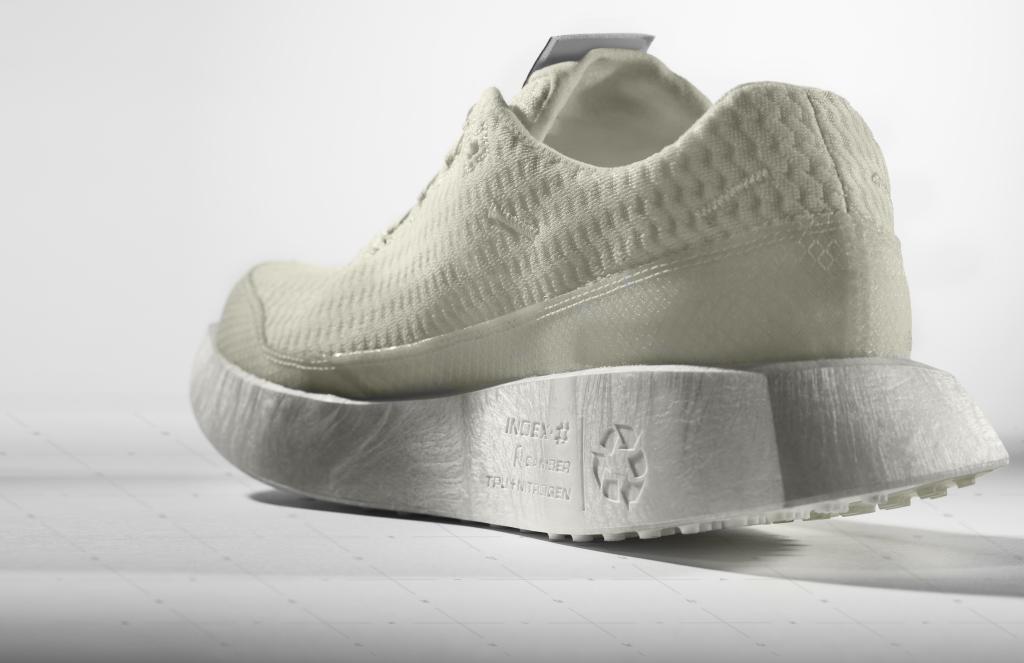Context and description
Brand strategy is essential: it defines the brand, its values, its history, its positioning and enables it to differentiate itself from its competitors and weave solid links with its customers. Consequently, the definition of the company's environmental strategy cannot be disassociated from reflections regarding brand positioning and its identity.
Depending on its level of ambition as regards environmental compliance, the company will be able to develop an eco-design approach which is adapted to the resources and means that it is dedicating to reducing its environmental footprint. If any brand can "eco-design" - in other words progressively give a bigger place to decisions in favour of reducing environmental impacts - the introduction of a more systematic eco-design approach for products can prove to be ambitious and cannot be put in place for the entire collection over a single season.
In effect, owing to its in-depth questioning of products, eco-design can have a significant impact on all internal processes, decision models and the brand's business model, including at the level of retail price. It is therefore particularly important - and strategic - to proceed according to a series of dedicated questions in order to dimension the eco-design initiative in such a way as to ensure that it corresponds to the brand.














